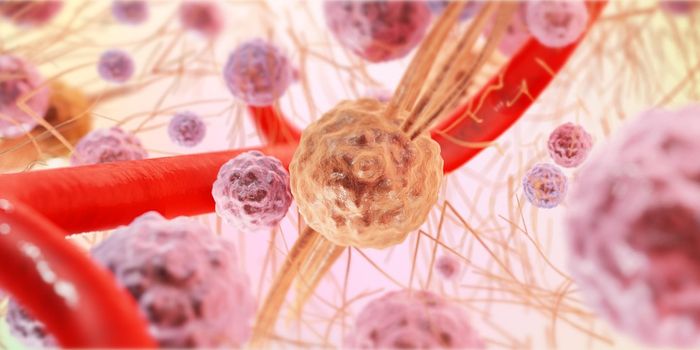Many Variants of the Virus Can Hide Away in COVID-19 Patients
Though it may happen at different rates for different microbes, mutations happen, and SARS-CoV-2, the virus that causes COVID-19, is no different. New research has shown that when individuals become infected with SARS-CoV-2, the virus mutates inside of their bodies, and different variants of it can hide out in various places. Two new research studies reported in Nature Communications have shown that it may be challenging for people who are infected with SARS-CoV-2 to complete eliminate the virus from the body, whether they are relying on their own immune systems or antibody treatments.
The world has watched as “an incessant series of variants" have taken over the pandemic. The original SARS-CoV-2 virus has been totally replaced by the Omicron variant and its subvariant, Omicron BA.2, said study co-leader Professor Imre Berger of the University of Bristol. But the virus also seems to evolve within the body, improving its ability to infect certain kinds of cells and evade the immune system.
This research team identified an early variant they called BrisDelta in Bristol, UK. The overall shape of the virus had changed, the researchers found, but one pocket in its structure had not, said Berger. That pocket is crucial to the infectiousness of the virus. The BrisDelta subvariant seems to be better at infecting some cell types compared to the virus that caused the first wave of the pandemic.
Once it gets into a person's body, the virus can evolve into different variants. Some variants might prefer to infect cells of the spleen or kidney, and hide there as the body attacks the more dominant strains that are elsewhere, explained one first study author, Dr. Kapil Gupta. “This could make it difficult for the infected patients to get rid of SARS-CoV-2 entirely.”
The virions used in this study to investigate the viral pocket structure will not multiple in human cells, but the virions mimic the natural infectious action of SARS-CoV-2. An analysis showed that as the pocket binds to a fatty acid, the spike protein on the virion changes shape. This shape change seems to help prevent the immune system from identifying and targeting the virus.
“By ‘ducking down’ of the spike protein upon binding of inflammatory fatty acids, the virus becomes less visible to the immune system. This could be a mechanism to avoid detection by the host and a strong immune response for a longer period of time and increase total infection efficiency," suggested lead study author Dr. Oskar Staufer.
This viral pocket has remained consistent as new SARS-CoV-2 variants have emerged; it's found in all of them, including Omicron, noted Berger. “Intriguingly, the same feature also provides us with a unique opportunity to defeat the virus, exactly because it is so conserved with a tailormade antiviral molecule that blocks the pocket.”
The authors have founded a start-up company called Halo Therapeutics to pursue antivirals based on this pocket structure.
Sources: University of Bristol, Gupta et al Nature Communications 2022, Toelzer et al Nature Communications 2022









